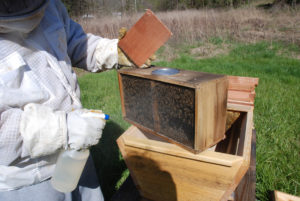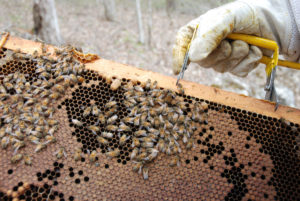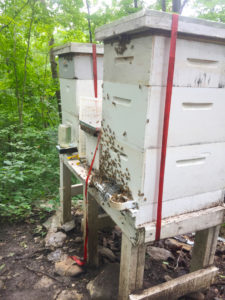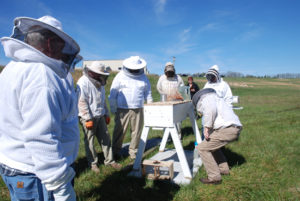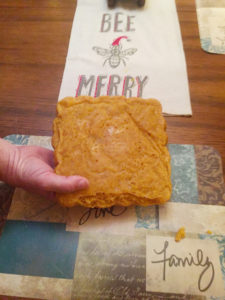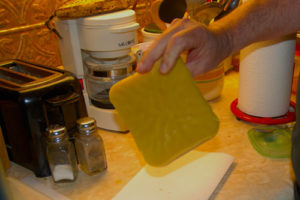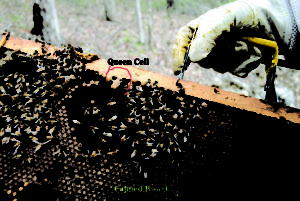Spring is about to get here
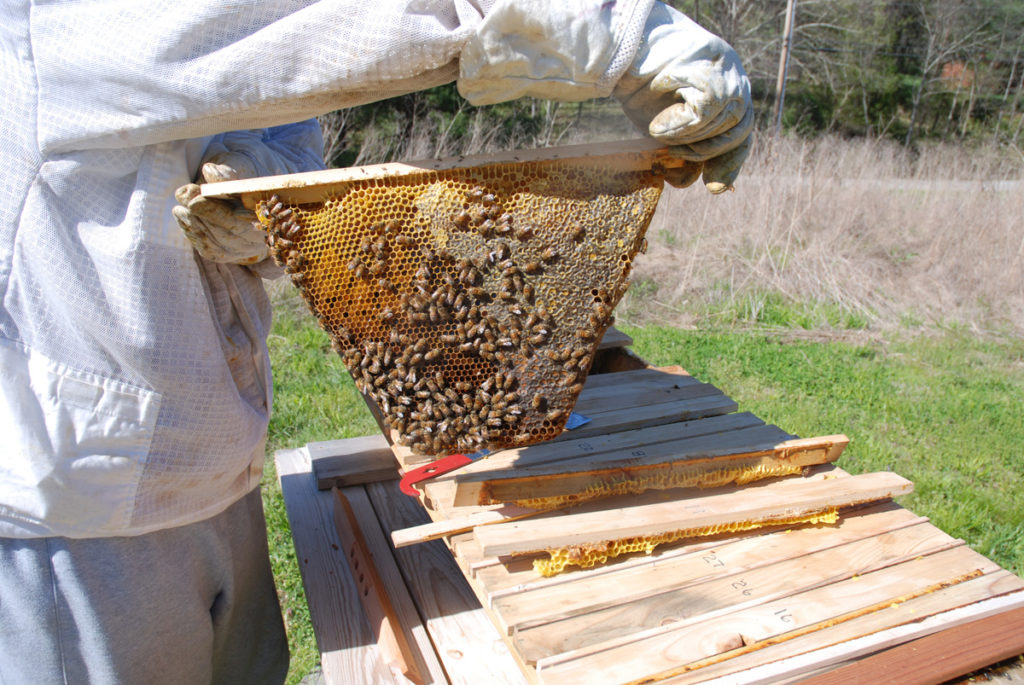

Sometimes spring can seem to be a hundred miles away; however, as we build this site spring is getting closer every day. Here in Kentucky our hives are already getting frames of brood and won’t be long before the drones are flying. That will make the opening of swarm season. This up and down winter has been hard on the bees this year with reported losses much higher than average.
It’s time to get into your hives as see where you stand. Is your queen still alive? is she laying? What are you bee numbers? This is the time you want to build your colony as soon as the nights are not having below freezing temperatures you can start feeding them 1:1 sugar water at least until you are ready to set on your super boxes. It’s also a time to see if the wax moths have moved in. It’s a good time to deal with them if you see they have moved into unused areas of the hive.
If you are a beginner and this is your first year you need to get your hive location ready. Make sure your hive is level. It doesn’t hurt if your hive is leaning a little bit forward, so any water runs out instead of into the colony. Note: this should be a very little bit, not a pitch forward. If you can place your hive where the morning sun will hit it and face it out of the wind if possible this will help in the cold months from snow and rain plying up on the landing board.
I have also found that having a place to sit your gear and hive parts turns out to be pretty handy. You should try to service your hive from the back outside of the hive instead of standing right in front of it where you will be blocking the entrance leaving and returning bees.
This also a good time to plant anything you may want your bees to feed on. If you live in the city that could be as little as some window boxes of herbs.
Once your bees are building brood, the explosion of numbers can be rapid. So you want to be ready to give more room. I usually begin with box rotation. What I mean is I check my bottom box if it is empty I move it to the top. I winter my bees with two deeps. Throughout the winter they usually move to the top deep, so once the freeze period is over, I check to see if I have bees in the bottom deep. If it’s empty, I move it to the top and the top to the bottom.
Your comments are welcome, and If you want to submit an article for publication check out the “Writer Guidlines” page
Chris Erwin Managing Editor
